It’s normal to feel frustrated when nothing seems to calm your toddler’s meltdown or stop the climbing, biting, or sudden yelling. But the truth is, gentle discipline tips for toddlers aren’t about punishments or time-outs—they rely on connection, clarity, and repetition. Toddlers are learning how to manage their bodies, emotions, and choices. And they need your steady, calm presence to guide them, even when things feel loud and messy.
Research shows that toddlers respond best to discipline strategies that combine emotional support with consistent structure, helping them build early self-regulation skills (Center on the Developing Child, 2023).

Why Gentle Discipline Works
Discipline doesn’t mean punishment; it means teaching. And toddlers learn best through calm repetition, emotional connection, clear boundaries, and—most importantly—modeling. When parents respond to misbehavior with calm and clarity, toddlers begin to internalize what self-control looks like. Over time, this builds trust and emotional resilience, not fear or shame.
1. Set Clear Boundaries—Gently and Repeatedly
Toddlers thrive on repetition. Instead of long lectures or punishments, use short, clear phrases like “Not safe. Let’s try this instead.” When your child throws food or hits, calmly block the action and repeat the rule: “Hands are not for hitting.” You may say it 30 times before it sticks – and that’s okay. Gentle discipline is a long game.
Try This: Use the same tone and words each time a limit is needed. Predictability makes toddlers feel safe.
Reflect: What boundary do you find yourself repeating most often and how can you simplify your response?
2. Respond to Big Feelings with Calm, Not Control
Tantrums are not misbehavior – they’re developmental. Your toddler isn’t trying to push your buttons. They’re overwhelmed and need help finding calm. Instead of demanding they stop, sit beside them, name the feeling (“You’re mad!”), and breathe slowly. Toddlers borrow your calm before they learn to find their own.
Try This: Practice one calming phrase like “I’m here. You’re safe. We’ll get through this.”
Reflect: How does your toddler respond when you stay close and quiet during a meltdown?
3. Model the Behavior You Want to See
If you want your child to wait, speak kindly, or try again – you have to show them how to do it. Toddlers watch your every move. When you say, “I feel upset, so I’m taking a breath,” or “Oops, I made a mess. Let’s clean it up,” you’re teaching emotional regulation in real time. Your tone, facial expression, and choices are their first blueprint for self-control.
Try This: Narrate your emotions during tricky moments: “I feel frustrated, but I’m going to stay calm.”
Reflect: What’s one behavior you could model more intentionally this week?
4. Use Natural Consequences, Not Punishment
A gentle consequence teaches something useful. If a toddler dumps water out of the tub, the bath ends early. If toys are thrown, they’re set aside until play continues safely. You don’t need to add shame or scolding—just follow through with the natural result. When the moment has passed, invite your child to try again.
Try This: Pair the consequence with an invitation: “The crayons are away for now. We’ll try coloring again after snack.”
Reflect: Are your current consequences helping your toddler learn—or just making both of you feel worse?
5. Stay Consistent—Even When It’s Hard
One of the kindest things you can give your toddler is consistency. It helps them feel secure. If you say “no jumping on the couch” one day but laugh the next, your toddler gets confused and pushes harder. Gentle discipline means holding the line, even when you’re tired. It also means giving yourself grace to start fresh the next day.
Try This: Pick just one or two boundaries to focus on each week. Let the rest be flexible for now.
Reflect: What boundary matters most to your family rhythm right now?
If you’re also working on building your child’s emotional strength, you’ll find this blog: How to Nurture Emotional Health in Your Child especially helpful.
Frequently Asked Questions
Q: Isn’t gentle discipline too soft? Won’t my child walk all over me?
A: Not at all. Gentle doesn’t mean permissive—it means calm, consistent, and connected. Your child needs limits and your leadership, delivered with warmth.
Q: What if I lose my temper?
A: That’s human. What matters most is what you model afterward. Apologizing and trying again teaches your toddler that self-regulation is something we all keep learning.
Q: What if my toddler doesn’t “listen” no matter what?
A: Listening takes time—and repetition. Toddlers aren’t ignoring you, they’re still learning how to pause, think, and follow through. Your consistency builds that skill.
Teach Calm Through Connection
The heart of gentle discipline tips for toddlers is emotional connection, not control. When you model calm, respond consistently, and repeat boundaries with love, your toddler begins to feel safe in your leadership, and in their own growing ability to handle big feelings.
Parent Pathways Academy offers confidence-building steps, parent playbooks, and easy daily tips to help you raise emotionally resilient toddlers—without power struggles or shame.
Explore more toddler support tools inside the Parent Pathways Academy App.
References
Center on the Developing Child at Harvard University. (n.d.) A Guide to Executive Function. Retrieved from https://developingchild.harvard.edu/resource-guides/guide-executive-function/
ZERO TO THREE. (n.d.). Creating Routines for Love and Learning. Retrieved from https://www.zerotothree.org/resource/creating-routines-for-love-and-learning/

